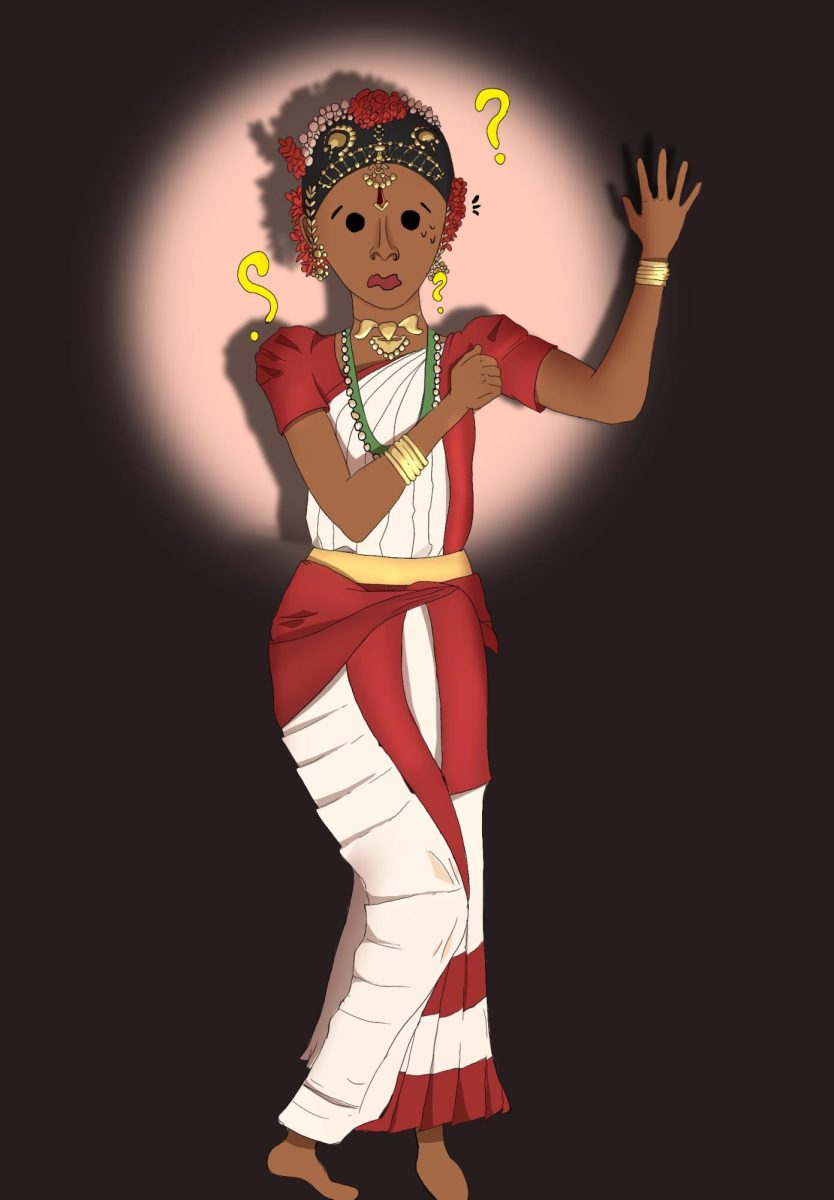As I posed on stage, waiting to perform, the song echoed through the theater. The beats were clear, but the words were unfamiliar. Even though I had mastered the steps and the movements, understanding the lyrics and telling their story through my emotions was harder.
As our world becomes more culturally and ethically connected, people taking part in cultural traditions just because it is trending is becoming more prominent across the internet and in society. My experience in dance showed me how easy it is to participate in a cultural activity without understanding the importance of it.
Immigration and ethnic diversity are a major part of American culture. The combination of different backgrounds leads to shared cultures and various traditions in which anyone can partake.
Pew Research Center reported that by 2055, the United States will not have a majority ethnic group. Additionally, around 60 million immigrants have come to the U.S. within the past 50 years. The influx of immigrants shows the growing diversity in our nation, something unique to only the U.S.
Many people grow an online presence and gain social media followers to connect with each other. Influencers post content about their cultures and traditions to share their identity, including music, dances and traditional wear from their culture.
As influencers’ content starts spreading throughout the world, cultures are becoming commercialized simply to gain views. By sharing cultural traditions as appropriation, people of the culture might reflect on whether or not it was a good idea to share their traditions with others. For example, when a cultural song is trending on social media, people from all over the world start performing it and posting their performances to take part in the craze. As the trend becomes more widespread, they start making their own variations of the original choreography without knowing the meaning behind the steps.
The steps might have been specific to the culture or the lyrics of the song, but when users start to put their own twist on the moves, the cultural significance starts to deteriorate. Instead of participating in a cultural activity because it seems fun or aesthetic to the media, people should understand the meaning behind the activity. Collaborating with others and learning alongside them is the key to fully being part of a cultural activity.
With my own experience of dance, I can relate to cultural appropriation. I participate in Indian Classical dance. The dance style, however, originated in Andhra Pradesh. Since my family is from Kerala, I do not understand the language and cannot comprehend the lyrics.
Additionally, growing up in the U.S. has caused me to lose out on many traditions and learn from historical events. By being disconnected from my culture, I realized the importance of learning the stories behind the songs I perform. I began to realize that when I was understanding the story, I was able to perform with more emotion and confidence.
Even though I might not be from a different ethnicity, I still find difficulty in learning about my own culture. I have noticed that without effort, true cultural appreciation cannot take place.
When the effort to culturally appreciate is not made, cultures become simplified and commercialized, taking away the true meaning. The fashion industry is a clear example of the exploitation of cultural elements in order to make more money.
Traditional designs and patterns are being used without acknowledgement to the primary designers. When companies and influencers use cultures for profit, they leave out the value and significance the originality has to traditions.
Understanding that simplifying cultures can sometimes serve as a good way for others to be exposed to different cultures is important. Having a base is always the first step to learning more and expanding one’s knowledge on a specific tradition and can be the start of preserving and promoting cultures. Participating in traditions and social media trends are great ways of bringing the world together. But it is important to have the will to learn the real meaning behind ethnic activities.
Cultural collaboration allows one to take part in a culture while also learning from someone who is educated in the culture’s traditions, allowing both the participants to learn the significance of the activity from each other and share each other’s perspectives. Teaming up with others also allows one to feel the personal connection toward that certain culture. People willing to learn and explore different cultures should aim to collaborate with others from that culture to foster understanding and build meaningful relationships.


